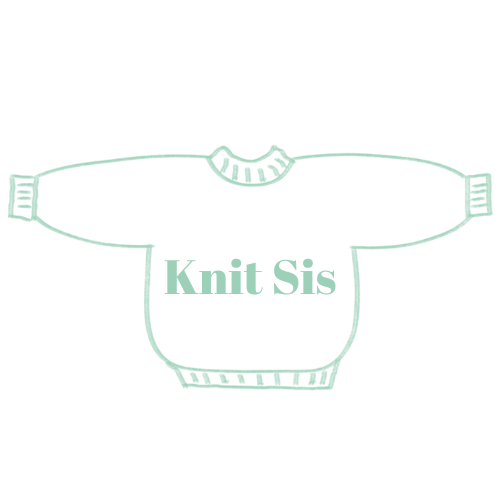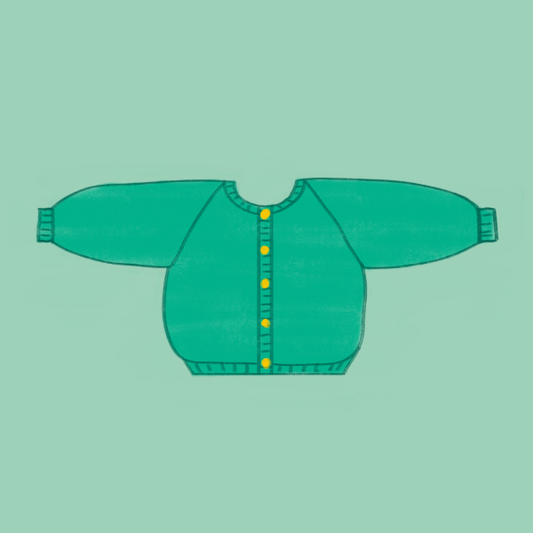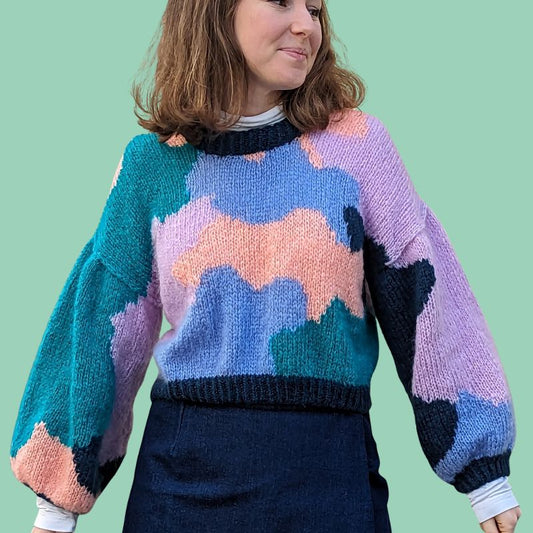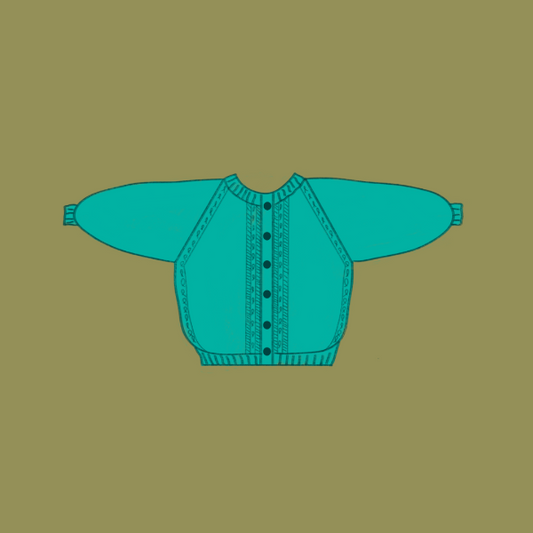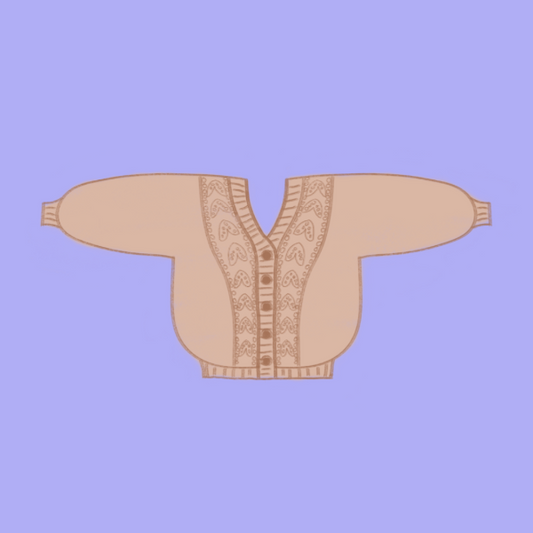Reading Patterns and Charts: Become a Knitting Decoding Pro
Knit SisShare
Introduction: Understanding Knitting Patterns, An Essential Step
Have you ever found yourself faced with a knitting pattern or a complex grid, wondering where to start? You are not alone. Reading patterns can seem intimidating at first, but it is an essential skill for succeeding in your knitting projects and especially for being able to juggle between pattern publishing houses, patterns from yarn brands and those from independent designers. This article guides you step by step to master this art, whether you are a beginner or an experienced knitter.
1. Why is Reading Patterns Crucial?
Reading a knitting pattern correctly is the key to going from a simple idea to a successful realization. It allows you to:
-
Understand the specific techniques used, such as raglan or intarsia.
-
Work more efficiently, avoiding costly mistakes.
Tip : How to read a knitting pattern? Start by identifying abbreviations, construction (top-down, bottom-up), and key symbols in the charts.
2. Deciphering Essential Abbreviations and Symbols
Abbreviations and symbols are ubiquitous in patterns and grids. Here's a look at some of the most common ones:
-
M : Mesh
-
aug : Increase
-
dim : Decrease
-
PM : Place a Marker
For grids, each symbol represents a specific technique. For example:
-
An empty square = knit stitch.
-
An “X” = Purl stitch.
Visual example : A chart from the Twist and Shout Vest pattern , highlighting the cables and increases.
Some bosses will tend to "overuse" abbreviations which makes them quite complex to read, but we will try to give you some tips just after
3. 4 Step Method to Read a Knitting Pattern
3.1. Preliminary Analysis
Take a few minutes to go through the entire pattern. Check out sections like:
-
Necessary supplies (threads, needles).
-
The final dimensions.
And don't hesitate to make annotations where you think you need them.
3.2. Identify Key Techniques
Some bosses will use techniques that you have not yet mastered, do not hesitate to find out in advance, to find blog articles or tutorials on how to proceed to prepare yourself as well as possible.
3.3. Follow a Line by Line Reading
Decipher the instructions line by line or row by row. This is especially useful for complex grids.
3.4. Mark Your Progress
Use highlighters or markers to track your progress through the pattern.
4. Best Bosses to Train On
So there you can guess that we are going to offer you patterns that come from us 🙈 What is also good with ours is that we have made sure that they are readable and understandable even if it is your first knitting project!
If you are just starting out, we recommend:
-
The Doudou Sweater : Easy and quick to make (and it’s free too)
-
The Cabbage Vest : A rewarding model for progressing in raglan.
For intermediate or advanced knitters:
-
The Splashie Sweater : A colorful challenge.
-
The Marguerite Vest : Perfect for mastering openwork patterns.
6. Knit-Sis Collection: For Every Level and Style
Explore our collections to find your next project:
-
Beginners : Simple patterns like the Strippie Sweater .
-
Twists : Patterns like the Twist and Shout .
-
Jacquard and Intarsia : Discover the Splashie Sweater .
Discover all our models and collections on Knit-Sis.com . Enjoy a free download for the Poppy Top today!
Conclusion: It’s Your Turn!
Reading patterns and charts is an art that is learned and perfected with practice. With Knit-Sis' resources and models, you have everything you need to start unique and colorful knitting projects. So, are you ready to take on the challenge?
